I. Introduction
Hook: The Rise of Houseplants in Homes
In recent years, we've witnessed an incredible surge in the popularity of houseplants. They have become an emblem of style, wellness, and a return to nature amidst our concrete jungle. Whether for their air-purifying qualities or simply to add a touch of greenery, houseplants are now a staple in many households. Alongside this trend, we've also seen a significant increase in pet ownership. Dogs, in particular, have become beloved family members, accompanying us on life's many adventures. However, these two trends—houseplant collecting and canine companionship—pose unique challenges when combined under one roof. While plants can enhance a home, they might pose serious threats to our four-legged friends.

Importance of Research
Understanding which plants are safe and which are toxic is crucial for today's pet-loving plant enthusiasts. Accidental poisonings are more common than many realize. For instance, according to the American Society for the Prevention of Cruelty to Animals (ASPCA), plant-related pet poisoning is a significant issue, with thousands of calls made annually to their Animal Poison Control Center. A well-informed plant owner can prevent potential heartbreak and medical emergencies by selecting non-toxic plants or ensuring that toxic ones are out of their pets' reach.
II. Understanding Plant Toxicity in Dogs
What Makes a Plant Toxic?
Plant toxicity is essentially a chemical defense mechanism that evolved to deter herbivores. While this was intended to protect plants in the wild, it can pose threats to our curious canine companions. Toxic plants can contain a variety of compounds that adversely affect dogs. These compounds can affect different systems and organs, causing symptoms ranging from mild gastrointestinal upset to serious organ failure.
Common Symptoms of Plant Toxicity in Dogs
Toxicity symptoms can vary widely depending on the type of plant ingested, the quantity, and the size and health of the dog. Common symptoms include:
- Bowel disturbances like diarrhea and vomiting
- Neurological signs such as seizures or tremors
- Respiratory difficulties
- Skin irritations
- Weakness and lethargy
If you suspect that your dog has ingested a toxic plant, it is essential to seek veterinary care immediately, as timely treatment can mean the difference between life and death.

III. Common Houseplants Toxic to Dogs
Popular Yet Dangerous: A Closer Look
While many plants enhance home aesthetics, some can have toxic effects on dogs. It’s crucial to identify these culprits and take precautionary measures to safeguard your pets.
Sago Palm (Cycas revoluta)
The sago palm is a common ornamental plant that's extremely toxic to dogs. All parts of the sago palm are dangerous, but the seeds or "nuts" contain the highest toxicity levels. Ingestion can lead to liver failure and even death. Symptoms include vomiting, costly diarrhea, weakness, and seizures.
Oleander (Nerium oleander)
A striking plant with clusters of white, pink, or purple flowers, oleander is highly toxic to dogs. Ingestion can affect the heart, causing arrhythmias, as well as vomiting, diarrhea, and severe weakness. It is advised to avoid having oleanders in pet-friendly homes altogether.
Philodendron and Monstera (Araceae Family)
Beloved for their aesthetic appeal and easy maintenance, plants in the philodendron family can pose risks to pets due to insoluble calcium oxalates. Symptoms from ingestion include intense oral irritation, drooling, and difficulty swallowing.

Dieffenbachia (Dumb Cane)
Featuring large, showy leaves, dieffenbachia is a staple in many households. However, it contains oxalates that can irritate the mouth and gastrointestinal tract of dogs, leading to symptoms like swelling, vomiting, and difficulty swallowing.
Peace Lily (Spathiphyllum)
The peace lily is known for its beautiful white blooms and is popular in homes and offices. Unfortunately, this plant can cause significant discomfort in dogs if ingested, with symptoms such as vomiting, difficulty swallowing, and oral irritation.
IV. Identifying Safe Alternatives
Pet-Friendly Plant Options
Fortunately, there are numerous houseplants that pose no threat to our canine companions, offering the aesthetic and air-quality benefits we seek without the associated risks.
Spider Plant (Chlorophytum comosum)
Spider plants are non-toxic to dogs and known for their easy-to-care nature and air-purifying capabilities, making them an excellent choice for busy homes.
Areca Palm (Dypsis lutescens)
This non-toxic palm is not only safe for dogs but also a fantastic natural air humidifier. Areca palms add a touch of the tropics and are great for indoor environments.
Bamboo Palm (Chamaedorea seifrizii)
Another pet-safe palm, the bamboo palm is ideal for adding height and elegance to any room and thrives in low-light conditions.
Boston Fern (Nephrolepis exaltata)
Boston ferns are lush, appealing, and non-toxic to dogs. They thrive in indirect light and can help filter pollutants from the air.

V. Preventive Measures and Safety Tips
Creating a Pet-Safe Plant Environment
Selective Plant Placement
Position toxic plants in places where your dog cannot reach them, such as on high shelves or using hanging baskets. This simple measure significantly reduces the chance of accidental ingestion.
Use of Physical Barriers
Consider using plant stands with protective enclosures or creating barriers to limit access. Decorative screens or plant cages are excellent options for keeping curious dogs away.
Training and Monitoring
Basic command training can help deter dogs from chewing on plants. Always supervise interactions between your pets and new plant additions, and redirect them if necessary.
Research and Vet Guidance
Regular consultations with your veterinarian can provide guidance on managing any plant-based toxicities. Additionally, familiarize yourself with ASPCA's list of toxic and non-toxic plants to make informed decisions.

VI. Conclusion
Balancing a Plant-filled and Pet-friendly Home
Having a home filled with beautiful plants and joyful pets is entirely possible with the right know-how and precautions. By understanding which plants are safe and which aren't, you can create a sanctuary that respects both your botanical aspirations and your dog's well-being.
For a variety of pet-friendly plant options, visit plantology. Explore our collection and transform your space safely without compromising on greenery or your pet's safety.
Embrace this exciting journey of creating a harmonious home where plants and pets coexist beautifully!
Additional Resources for Pet and Plant Lovers
Understanding Plant Labels and Misconceptions
In your journey to create a safe home environment for your dog and plants, it's essential to understand the nuances of plant toxicity labeling. Not all "non-toxic" labels mean the absence of any adverse effects. For instance, while a plant might not be deadly, it can still cause mild gastrointestinal distress if ingested by pets.
Decoding Labels
When purchasing plants, always check the labels for toxicity information. Common plant labels include:
- Toxic: Plants that can cause severe health problems or death.
- Non-toxic: Plants that are generally safe but might cause mild symptoms if ingested.
- Pet-safe: Plants that are unlikely to cause any issues even if nibbled by pets.
Common Misconceptions
It's a common belief that pets instinctively know which plants to avoid. However, this isn't always the case, especially for curious puppies or dogs inclined to chew on or taste new items in their environment. Another misconception is that only exotic plants are toxic, whereas many common household plants can pose risks.
Strategies for Plant Lovers with Multiple Pets
If you have a multi-pet household, managing plant and pet safety can be even more challenging. Here are some tips to ensure a harmonious cohabitation:
Understanding Each Pet's Behavior
Different pets have different behaviors; some might show interest in plants, while others may not. Understanding your pets' curiosity levels will help tailor your plant placement and monitoring strategies effectively.
Creating Designated Spaces
Create specific areas in your home dedicated to your plants that are off-limits to pets. This could include areas like a sunroom, a plant shelf, or hanging planters that bring greenery to your space without compromising safety.
Cultural and Historical Perspectives on Houseplants and Pets
The intermingling of plant life and pet companionship has been prevalent for centuries across different cultures. Understanding these historical contexts can deepen our appreciation for both plants and pets, highlighting their roles in our homes beyond mere aesthetics.

Ancient Times
In ancient Egypt, pets like cats were revered and commonly depicted alongside plants in art and hieroglyphs. Houseplants such as papyrus served both aesthetic and practical purposes, illustrating early attempts at harmonizing indoor nature with pets.
Historical Europe
During the Victorian era, houseplants like ferns became associated with health and well-being, particularly as pet dogs started becoming more popular in private homes. This era marked an important shift towards integrating plants and pets alike as part of household aesthetics.
Technological Solutions to Foster Safe Coexistence
Modern technology provides innovative solutions to manage plant and pet interactions. Here are some examples:
Smart Plant Monitoring Systems
These systems help monitor the health and location of your plants via smartphone apps. It's a great way to ensure toxic plants are securely placed and healthy.
Pet Cameras
Installing pet cameras can help you monitor pet behavior around plants in real time. Many of these cameras feature motion sensors and alerts, so if your pet is in a no-plant zone, you're instantly notified.

Testimonials: Real-life Plant and Pet Stories
Success Stories from Plant and Pet Enthusiasts
Let's hear from some homeowners who have successfully integrated plants and pets in their living spaces:
Jessie & Max
Jessie is a proud pet parent of Max, a golden retriever, and an avid plant enthusiast. "Initially, I was worried about bringing plants into my home with Max around. After researching, I started with non-toxic options like the spider plant and have gradually expanded my collection. Max loves lounging near the greenery with no health concerns, and our home feels so alive!"
Martha & Luna
Martha adopted Luna, a rescue dog, and was hesitant to maintain her plant hobby. "I embraced hanging baskets and shelves, creating a vertical garden that keeps everything beautifully out of Luna's reach. Now, every morning, Luna and I enjoy our little green corner with peace of mind."
Expanding Knowledge: Courses and Workshops
Educational Resources
Investing time in educational resources can greatly aid in understanding plant toxicity and pet safety:
Online Courses
Consider online platforms like Coursera or Udemy that offer courses on pet care, botanical safety, and home gardening. Institutions such as these provide science-based insights for maintaining a safe pet-friendly environment.
Local Workshops
Many local community centers or gardening clubs offer workshops focusing on safe plant integration in pet-friendly homes. These hands-on experiences can provide practical techniques and insights from experienced gardeners.
Visit Plantology's workshop page to find courses near you.

Taking it a Step Further: Advocating for Safety
Awareness Campaigns
Join or support awareness campaigns promoting safe home environments for both plants and pets. Engaging in community efforts can help spread vital information and encourage safe practices among broader audiences.
Social Media Initiatives
Participate in hashtag movements on platforms like Instagram and Twitter to share your pet-safe plant setup. Not only does this help others, but it also builds a supportive community where tips and ideas can be exchanged freely.
The Role of Businesses in Promoting Safety
Local nurseries and pet stores can play crucial roles in promoting plant and pet safety by:
Labeling Initiatives
Encouraging nurseries to include clear labels for pet-safe plants and providing educational pamphlets for customers.
Collaboration and Community Engagement
Partnerships between botanical centers and veterinary clinics to host educational events or community talks on plant toxicity and pet safety.

Empowering Together: Conclusion and Call to Action
Creating a home that respects both your love for plants and your pet’s wellbeing is not just possible; it’s empowering. By taking a proactive approach, learning continuously, and engaging with community resources, you bring peace of mind to your household while fostering an enriching environment.
We invite you to share your experiences and join the conversation about pet-safe plants. Engage on forums, attend workshops, and support businesses advocating for pet-friendly greenery. Together, let's ensure homes are both green and safe, celebrating the vibrant coexistence of plants and beloved canine companions.




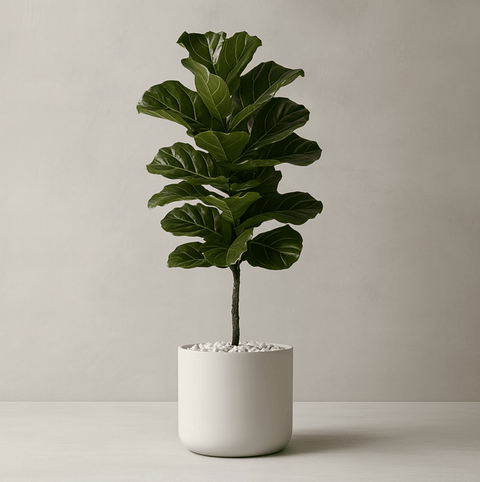
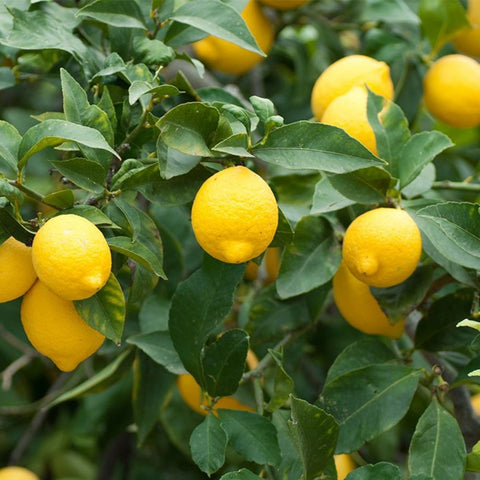
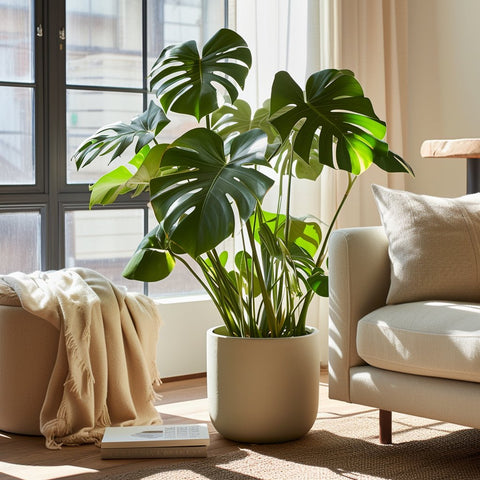
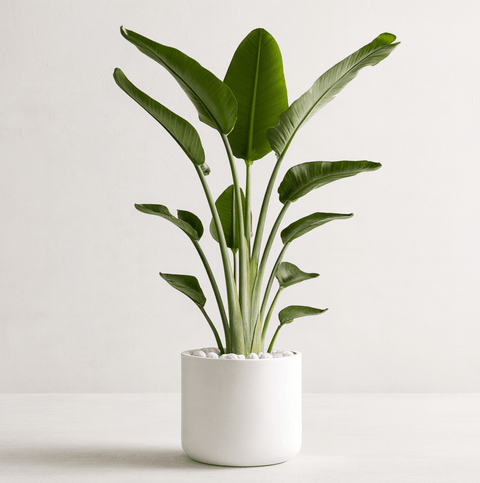
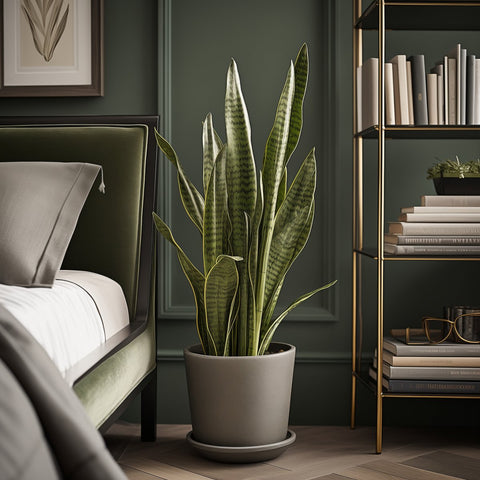
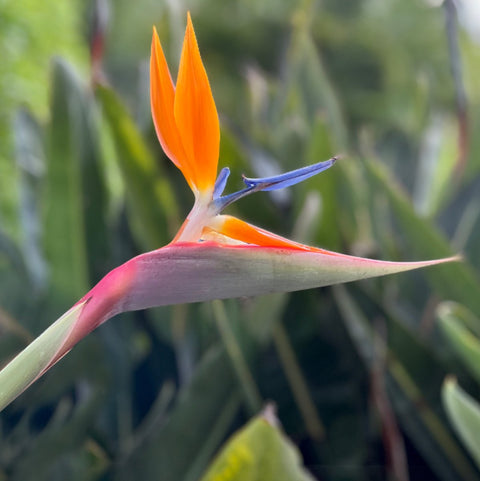
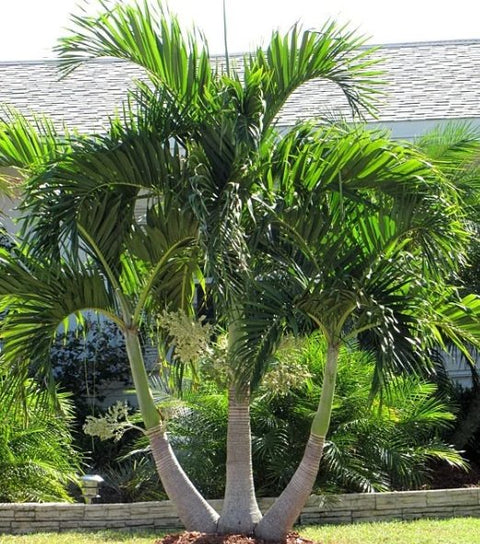
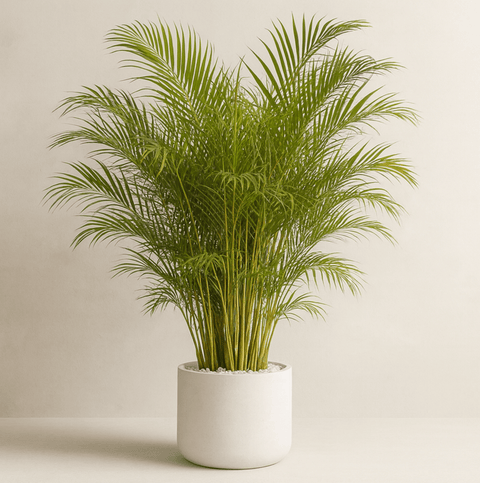

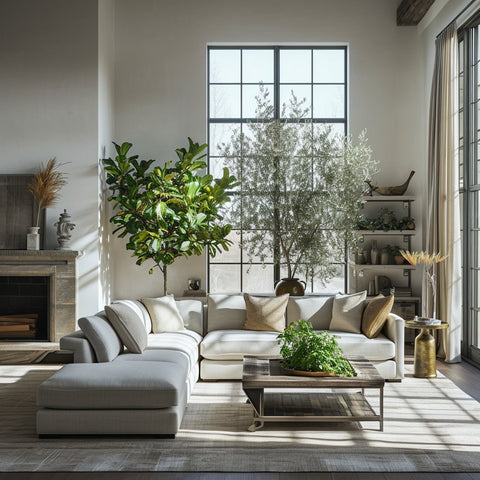
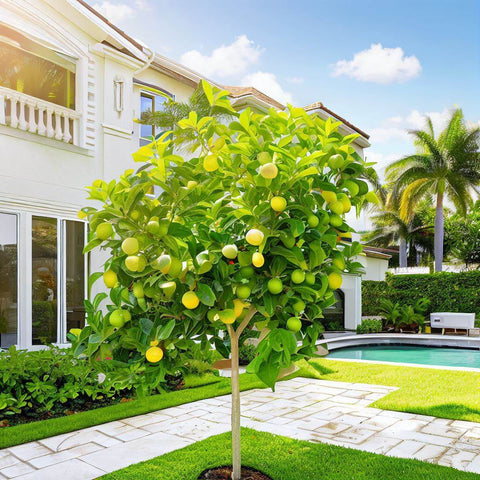



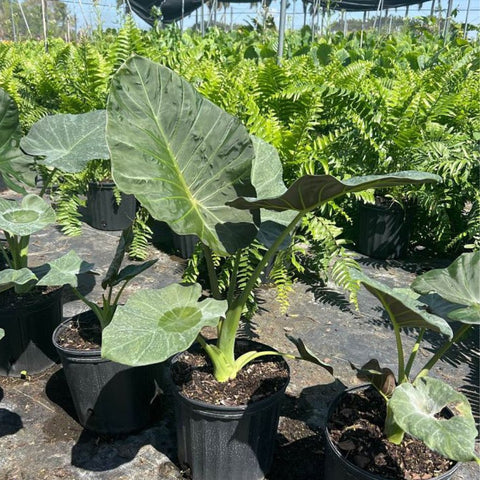
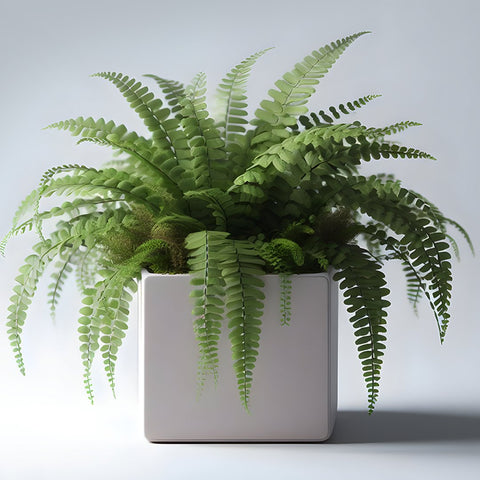



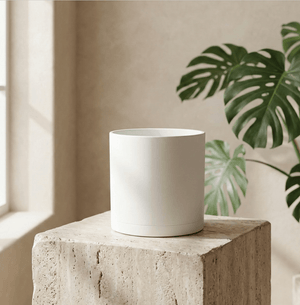
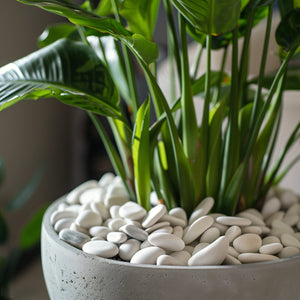
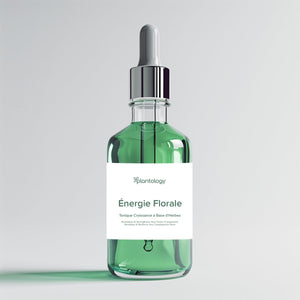
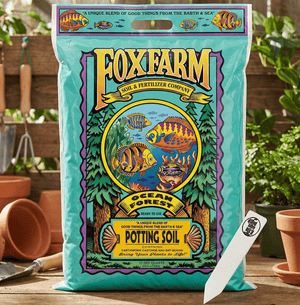
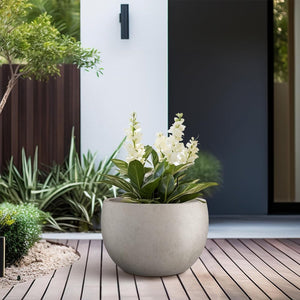



Comments (0)
There are no comments for this article. Be the first one to leave a message!